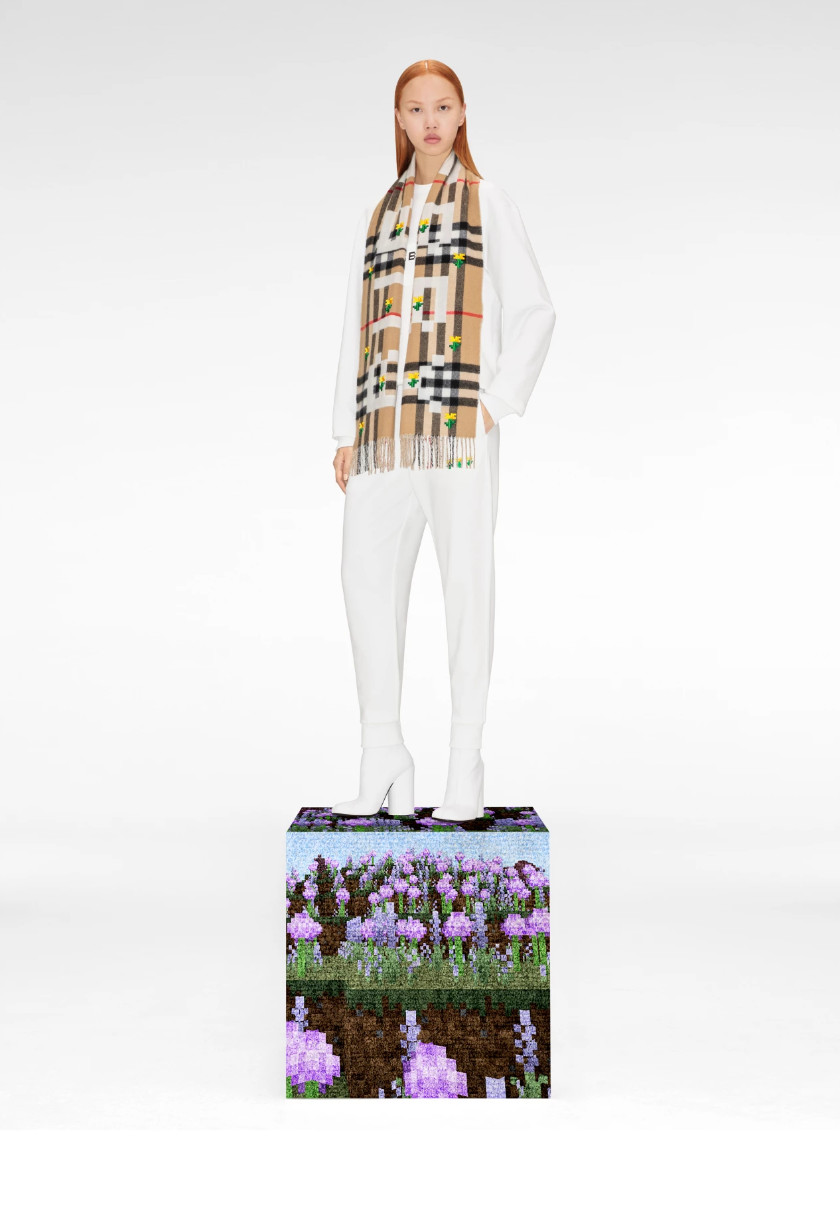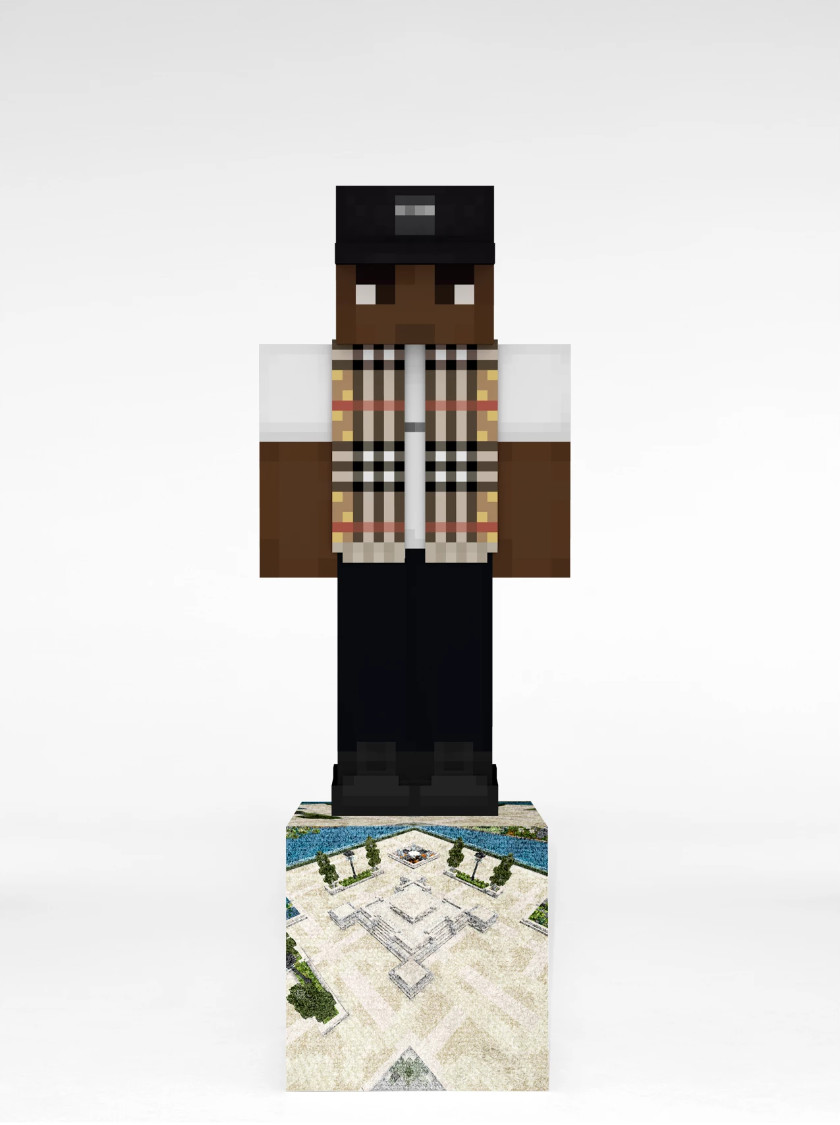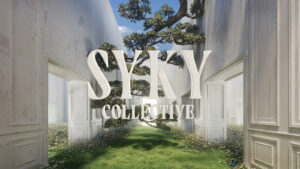

Above: Dr Jessica Quillin of It’s a Working Title cites the Burberry × Minecraft collaboration as a well executed digital campaign.
There has been a lot of talk about artificial intelligence and ChatGPT, a chat bot that has a language learning model (LLM) that gives answers in plain language. Microsoft has invested heavily into OpenAI, ChatGPT’s creators. Meanwhile, Google found itself on the back foot, and said it would show off its own chat bot, Bard.
The US tech press has, as usual, hyped it up, with particularly strange results for the west’s two best known search engines. Bing seemed to have enjoyed a honeymoon among tech journalists, despite ChatGPT delivering some wrong answers; Google’s demo, which also had a wrong answer, wound up shaving milliards off the company’s value.
These are being pointed by some as the future, though the programs are far from ready for prime-time, and what has been released to the public is, at best, at a very primitive stage.
There is plenty in science fiction that has made commentators believe that machines capable of thought are not far away, though such predictions have been around since the 1960s and 1970s. In 1970, Marvin Minsky was quoted in Life saying, ‘from three to eight years we will have a machine with the general intelligence of an average human being.’ In the late 2000s and early 2010s, a lot of what was said of Wolfram Alpha, an answer engine using externally sourced data, mirror what is being said of ChatGPT today.
There is considerable ingenuity in having these programs “learn” through existing models, and they can analyse a lot of them, but ultimately they are pattern-repeaters. More worrying are some queries we fed ChatGPT before Microsoft announced it would link it to its search engine, Bing (our own tests for over half a year have demonstrated a shrinking index).
When asked about the history of online fashion magazines in New Zealand, ChatGPT identified two British ones and claimed them to be Kiwi; it also made up the name of a magazine that does not exist in any shape or form, citing that to be the pioneer. It even went so far as to italicize the title, making everything look legitimate. But there is nothing on the web that we can find that is even close to the output of ChatGPT. From where did it pull its data? In another query, it credited Lucire with more editions than it currently has, but we live in hope.
It is not to say that technology shouldn’t play a part in fashion. Nor is it to say that the digital world—even the metaverse—won’t be a big part of the industry. Indeed, quite the opposite.
Dr Jessica Quillin, of It’s a Working Title, deals with content strategy and brand marketing, after years spent as a fashion editor at Glass. In her Digital Fashion Week New York address, Quillin touched on numerous points about effective digital marketing for fashion and luxury.
The need for building community and having authenticity remain, but brands need to have a content strategy. In other words, effective story-telling. There’s no point heading into the digital world without it, or simply ticking boxes and merely sampling new technology.
She highlighted the need for experiential marketing: consumers wanted an experience, rather than be given the hard sell. If a company is pushing its content, then the content needs to have context. These experiences cement the brand’s ideas further in one’s mind.
Importantly—and this was something that Medinge Group concluded during its COVID-period meetings in 2020—there needs to be co-creation: a recognition that the consumer plays a major role in what the story is, and how the content should be driven. The power rests in consumers’ hands as much as the brand’s.
These are not unfamiliar themes to anyone who has observed the evolution of brands in the past decade, but they aren’t being practised widely (or well). Yet the digital sphere demands them, for many of the same reasons as traditional media: to cut through the clutter; to give a brand a distinctive voice; and to find rapport with the audience. But, as advertising author Bob Hoffman is quick to remind us, the role of marketing is to make a brand famous—and a well thought-out content strategy can certainly propel one on its way better than something that’s piecemeal or ad hoc.
The process, however, is far from quick: like any great campaign it takes a great deal of thinking driven with inspiration. Technology helps here as a one-to-many medium, breaking geographical boundaries, allowing a more direct link between organization and audience; beware those who believe microtargeting is the way forward, as many businesses’ data on individuals might not be accurate.
Given the propensity of chat bots to err—indeed, to fictionalize entire outputs—they should be adopted with great caution, as in 2023 we are far from able to rely on them. There is no substitute for a personal response. If readers recall our feature on Saudi brand 1886 last November, the founders head to the shop floor to get to know their customers. What customers tell them isn’t filtered up the chain: they hear it directly. And they respond and design accordingly. This lesson hasn’t changed since this author wrote a conference paper in 2001 on successful online enterprises. Websites were a way of flattening organizational structures and allowing a business’s proprietor to connect better to customers. In 2023, there is still immense merit in bosses knowing the audience first-hand, in places like retail stores rather than in conference rooms. Go where your customers are, not where your peers are. •
Jack Yan is founder and publisher of Lucire.









